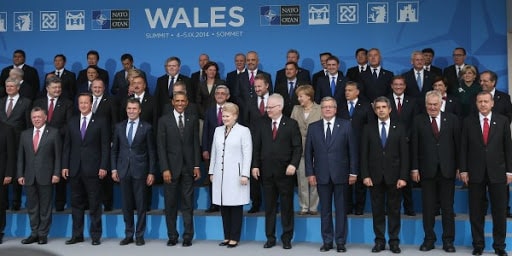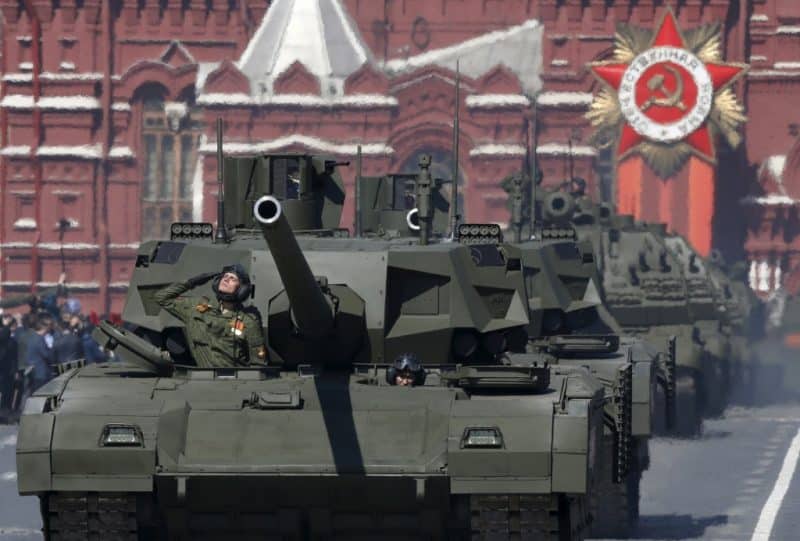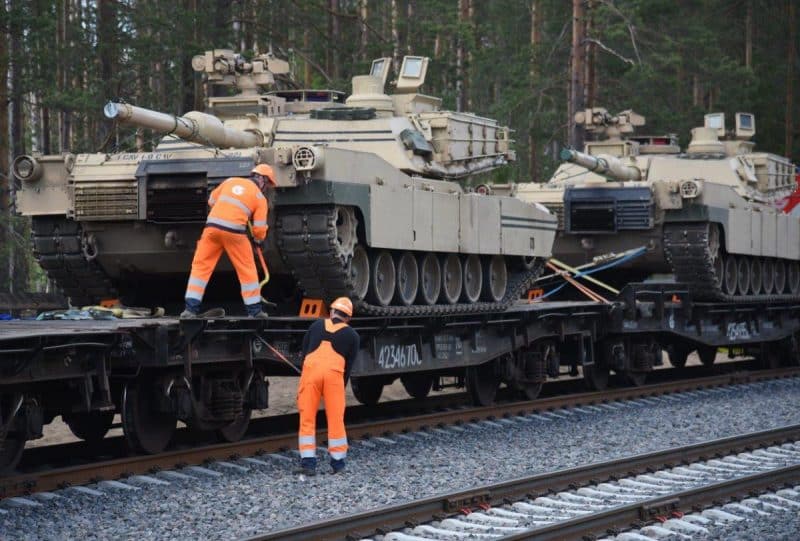LThe minimum defense effort, established by NATO at 2% of GDP for its members, is increasingly regularly questioned and judged as anachronistic and insufficient, while several analyzes concerning current geostrategic developments have recently been published across the Atlantic.
Whatever the results of the 2024 American presidential elections, it may well be that Washington will soon put pressure on its European allies to increase this threshold and thus rebalance the impossible global strategic equation that is emerging.
In this section:
The Genesis of the 2% threshold for the NATO defense effort
The rule of the minimum defense effort of 2% of GDP within NATO is today perceived, both by public opinion and by a large part of the Western political sphere, as the threshold of effectiveness enabling comprehensive collective security to be ensured.
In fact, for many, this threshold would have been established after learned and complex calculations, evaluations and projections, to determine the optimal amount. However, this is not the case, quite the contrary.

In preparation for the NATO summit in Cardiff in 2014, NATO's political and military leaders were given a particularly difficult mission, that of finding the maximum amount of a common defense effort, acceptable to all. members of the alliance during this summit. This is how the 2% threshold appeared, as did the 2025 deadline without any other intermediate constraint, because it was the best compromise acceptable to all stakeholders.
For many of the leaders of the time, this agreement was symbolic, and very non-binding, with its particularly long timetable allowing them to postpone the responsibility of finding the necessary financing until the next mandate, or even the next. Moreover, it is clear that until the Russian offensive in Ukraine, the vast majority of European countries, but also Canada, seemed far from being particularly concerned by this commitment.
Even after that, Belgium, Canada, Portugal and Italy will not respect the 2025 deadline, sometimes by a lot, without worrying more than rightly (Luxembourg is a case in point). on the other hand, due to a very high GDP per capita, and a very low population).
The floor threshold of a defense effort of 2% established by NATO in 2014, therefore only represents the lowest common political denominator of its members, moreover in 2014, when the perception of the threat was radically different of today.
Russian armies much more powerful in 2030 than in 2022
The threat, and more particularly the threat that Russia poses to Europe, has however evolved between 2014 and today, and promises to evolve even further in the years to come, whatever the conclusion of the conflict in Ukraine. .


The rest of this article is for subscribers only
The Classic subscriptions provide access to
all articles without advertising, starting at € 1,99.
Newsletter subscription
Register for the Meta-Defense Newsletter to receive the
latest fashion articles daily or weekly


This would be excellent news for BITD French.
When we see its capacity for innovation as soon as there is money injected, there are good reasons to believe in the future of France's influence :)